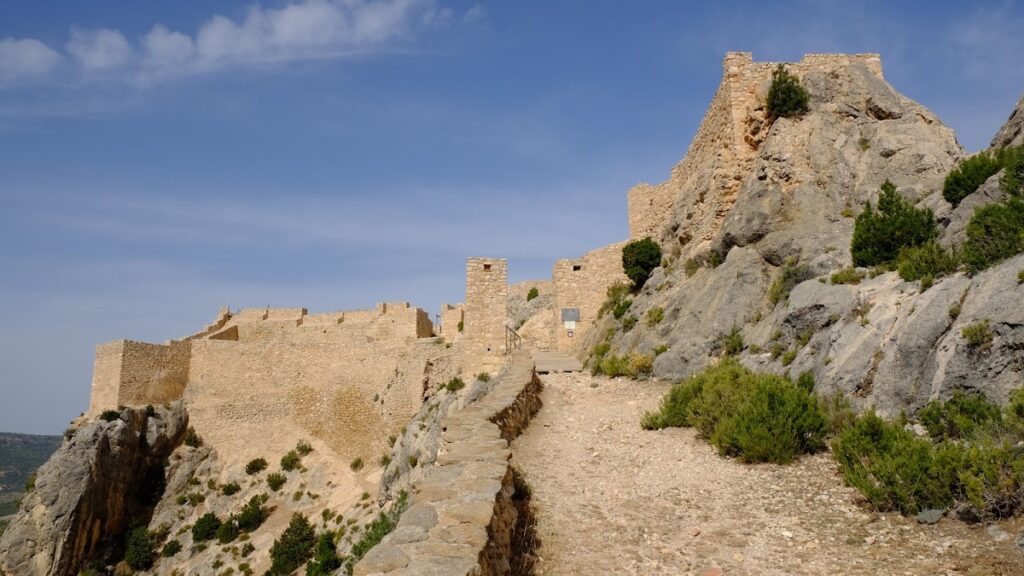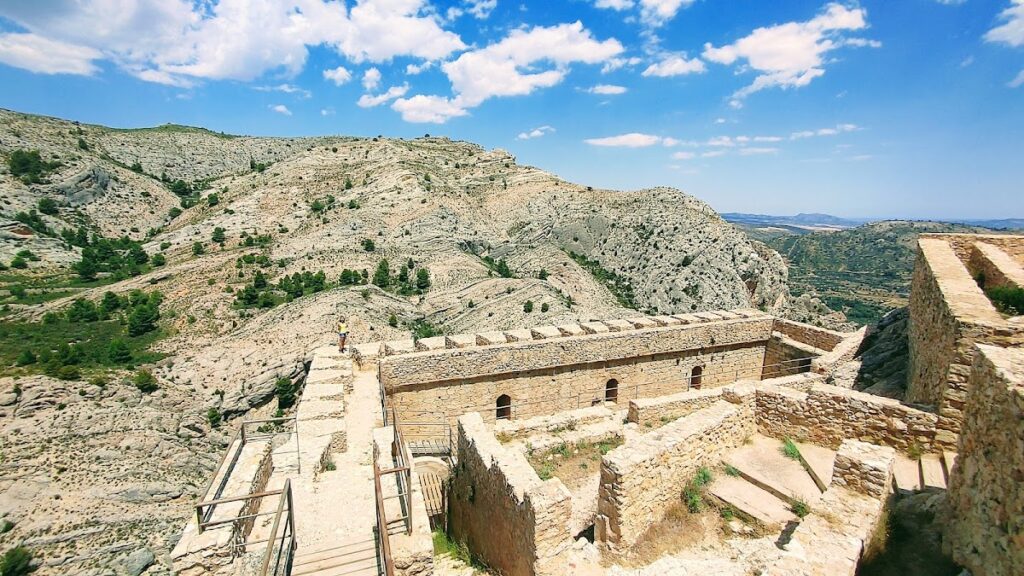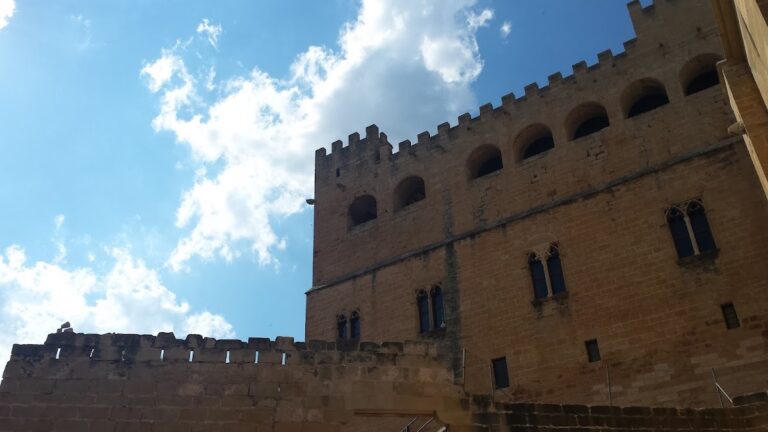Castellote Castle: A Historic Fortress in Spain
Visitor Information
Google Rating: 4.7
Popularity: Low
Google Maps: View on Google Maps
Official Website: museovirtualmaestrazgo.com
Country: Spain
Civilization: Unclassified
Remains: Military
History
Castellote Castle stands on a rocky outcrop overlooking the town of Castellote in Spain. Its origins trace back to the period of Muslim rule in the Iberian Peninsula, with the fortress likely established by Arabic builders before the mid-12th century. The settlement of Castellote itself was already recognized in church records from the years 1148 and 1158, indicating the castle was in existence by that time.
The castle came under Christian control in 1168 when King Alfonso II of Aragon recaptured it from Muslim forces. In the final years of the 12th century, around 1188, Gascón de Castellot, the local noble lord of the fortress, joined the Order of the Holy Redeemer and handed over the castle to this religious military community. After this order was dissolved in 1196, the property was transferred to the Knights Templar, who probably were responsible for building the form of the castle that endured for centuries. When the Templars were suppressed in the early 1300s, the Knights Hospitaller took over the fortress in 1317 and maintained control until 1769.
The castle’s military importance persisted into the 19th century, especially during the First Carlist War (1833–1840). In 1837, the Carlist claimant Don Carlos tasked General Cabrera to update and enlarge the stronghold to serve as a Carlist base in the Maestrazgo area. These modernization efforts were overseen by Lieutenant Colonel Manuel Brusco, a Portuguese officer. In March 1840, the castle faced a siege by Liberal forces led by General Espartero. Key defensive structures such as the Atalaya tower, bastions, embrasures, and the keep were destroyed during artillery bombardment and fierce fighting. After several days, the defenders surrendered on March 27, 1840. Following the Carlists’ defeat, Espartero ordered the castle to be completely dismantled.
In the 21st century, efforts began to stabilize and conserve the castle ruins. In 2011, the local town council, with support from national Ministries, undertook restoration work as part of protecting the site’s cultural heritage.
Remains
Castellote Castle is built on uneven terrain, resulting in an irregular layout stretching about 130 meters from end to end and around 50 meters wide. Its design features three staggered defensive enclosures that adapt to the natural slope of the rocky hill. Historically, it had four concentric defensive layers that took advantage of the terrain’s inclines, creating narrow and elongated fortifications.
Access to the fortress was originally secured by a drawbridge, though today this has been replaced by a footpath starting near the nearby Church of San Miguel. Four towers remain visible, including the main keep, also called the tower of homage. This prominent tower measures approximately 24 meters in length by 6 meters in width, with walls nearly three meters thick. The keep still retains some windows or lighting openings, indicating its use beyond pure defense.
The three other towers consist of three rectangular and one triangular tower, whose vestiges have been preserved and documented. The square-shaped keep measures about 11.5 meters on each side and occupies a commanding position atop a hill overlooking the Guadalop river gorge to the north of Castellote. This strategic placement allowed control over passage through the gorge.
Among the surviving architectural features is a large rectangular hall roughly 25 meters long by 7 meters wide. This space may have functioned as a chapel, as suggested by its splayed window openings topped with semicircular arches, a characteristic shape associated with religious architecture.
Today, the castle remains chiefly in ruins, a result of the significant destruction it suffered during the Carlist siege and later intentional dismantling. Restoration work carried out in recent years has stabilized some structures, preserving the historic footprint and allowing the castle to continue narrating its centuries of military and religious significance.










